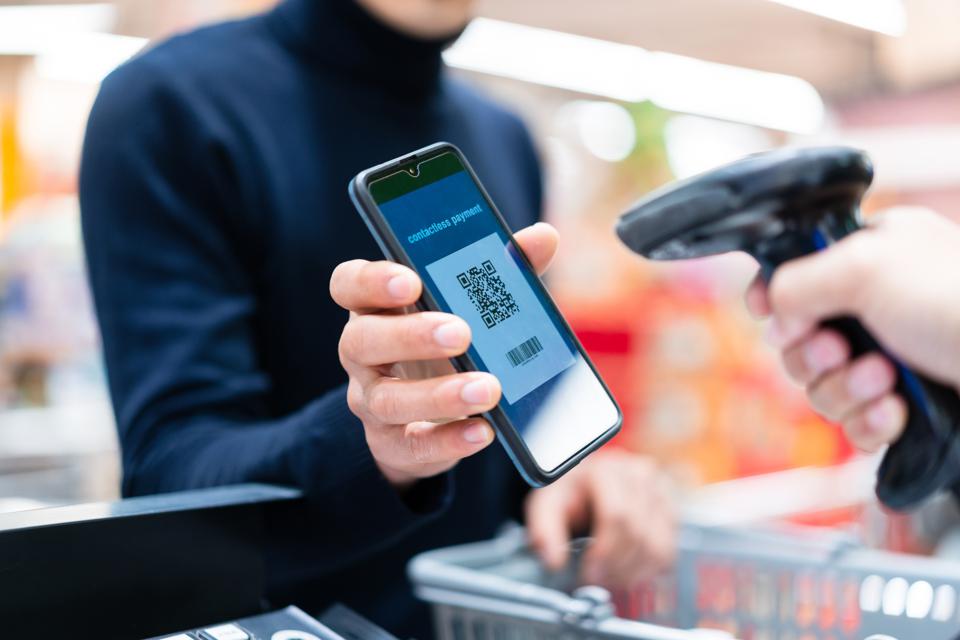
getty
Right now, retailers all around the world are navigating their way through uncharted waters. They entered 2020 already trying to deal with the ongoing shift towards eCommerce and end the year limping to the finish line amid a pandemic-driven recession and renewed physical restrictions on business activities.
Among this doom and gloom, you might think a retail strategy is ill-fated. However, a look at the available data suggests that’s not true. On the contrary, shopper surveys have found that 76% of Amazon Prime members would go out of their way to make purchases at a small, independent local retailer, even if they had to spend more.
That flies in the face of conventional wisdom, and it’s not a trend that looks to be going away. It’s part of a growing movement toward social awareness. A Mastercard Pulse survey found that a full 75% of shoppers report plans to patronize local businesses that align with their values going forward.
While reaching new audiences through eCommerce is important to diversify revenue, this also points to the growing importance of staying relevant in local markets. Here are some strategies retail entrepreneurs can use to target and bring in local shoppers.
Digital Ad Geofencing
One of the best and most effective ways for retailers to reach local shoppers is by designing digital ad campaigns that target them based on their geographic location. Using geofencing, retailers can restrict their ads to viewers to specific areas. This can be incredibly useful for increasing foot traffic and driving impulse purchases.
MORE FOR YOU
Imagine, for example, an ad campaign that offers a limited-time price discount on certain products. If the offer expired within hours and a passerby was to see the offer on their smartphone at the right moment, he or she may try to take advantage of the deal. Digital marketing specialists like Click Intelligence have used this exact tactic on behalf of small retailers to great effect.
It’s also one of the critical marketing tactics that big-box retailer Best Buy has used to help fend off Amazon. The results of those efforts speak for themselves, with the retailer reporting better-than-expected same-store sales figures for several quarters in a row.
Data-Driven marketing personalization
With many retailers still restricted to curbside pickup and other pandemic-limited operations, they’re being robbed of a critical advantage: face-time with shoppers.
That reality makes customer data collection more important than ever. Data makes it possible to personalize marketing messaging that can help build a relationship with a customer. For example, keeping tabs on dates important to customers like birthdays or anniversaries can help retailers craft marketing messages and suggestions that are specific and relevant, helping to recreate the intimacy of in-person interactions.
Also, tracking local customer shopping habits can yield valuable marketing intelligence. Suppose a retailer can identify the hours that a particular customer tends to shop. In that case, they can target them with a SMS marketing message when it’s most likely to draw them into the store’s location.
According to Adeptia CEO and sales and marketing veteran Lou Ennuso, using data to understand and better serve customers is the essential to modern retail growth. He explains, “Consumer data is the key to delivering amazing customer experiences. Coming from a sales background within Fortune-500 brands, I’ve witnessed first hand how faster and intelligent handling of customer data can enable even mega brands to cater to specific needs of their customers. And that same effect can help small retailers personalize the shopping experience of their customers and become the trusted partner in their area.”
Local programmatic advertising
Beyond geographic targeting, small retailers can also use AI-driven programmatic advertising to target high-value demographics in their area. It allows small retailers to use their limited advertising funds to tremendous effect without micromanaging their campaigns.
Services like AdCritter or SEO Robot offer AI-managed programmatic advertising as a part of a broader suite of digital marketing tools that make it financially feasible for small retailers to use new technology to reach local customers. It also makes it possible for a retail startup to operate sophisticated multi-channel digital campaigns without assembling an in-house marketing staff.
Such platforms can help small retailers unify their eCommerce and in-person marketing operations. By leveraging customer retargeting and real-time optimization techniques, retailers can help potential local customers move from online sales to offline sales and back with greater ease.
Don’t forget about local markets
The next few months will be critical to the success or failure of countless small retailers and retail startups. They can expect to see continued headwinds generated by the COVID-19 pandemic and possibly a continued recession. While eCommerce can help reach new markets, retailers still have a lifeline available to them in the form of local shoppers who want to patronize them and see them succeed.
By experimenting with local marketing and personalization efforts, those retailers can build connections to a local customer base that will see them through the present crisis and beyond. Moreover, it will help build a brand and solidify them as a fixture in the very communities they serve.
